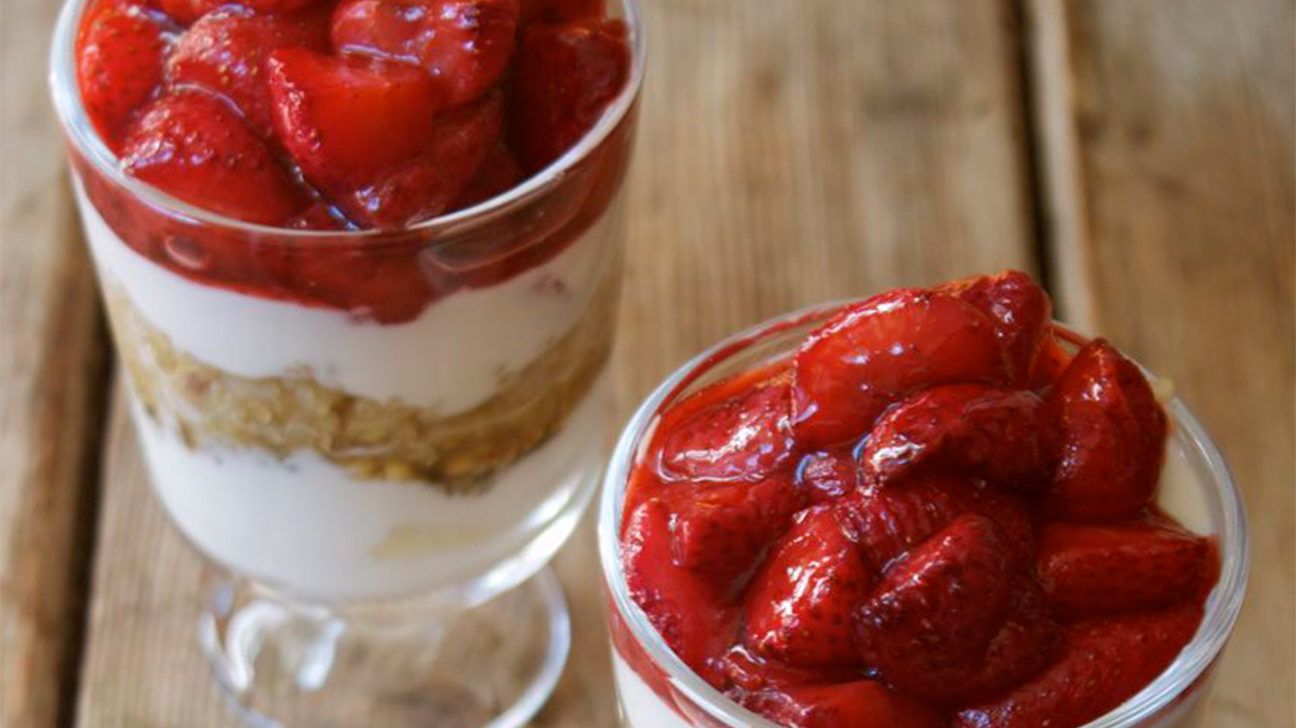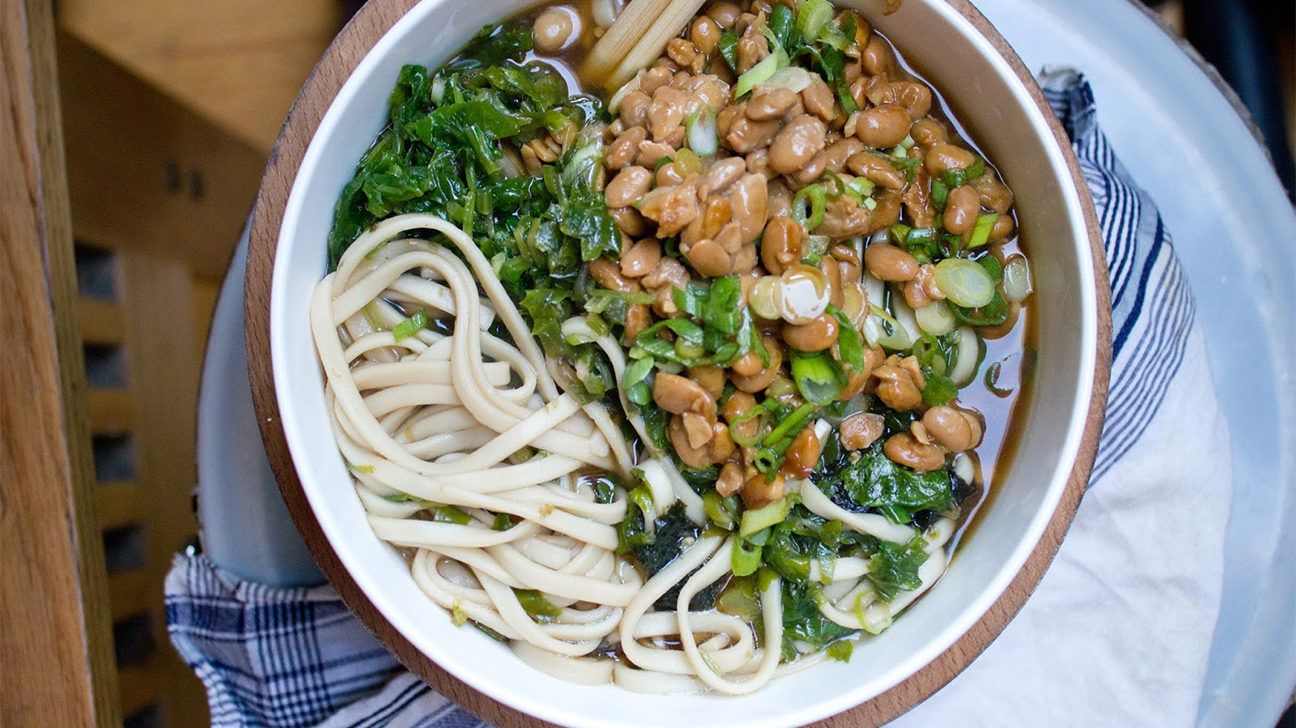It’s easy to get enough protein without eating animals, but your mother/aunt/neurotic friend may constantly ask you, “Are these meat-free protein sources complete?”
The term “complete protein” refers to amino acids, the building blocks of protein. There are 20 different amino acids that can form a protein and nine that your body can’t produce on its own.
These are called essential amino acids — we need to eat them because we can’t make them ourselves. To be considered “complete,” a protein must contain adequate amounts of all nine essential amino acids.
Yes, meat and eggs are complete proteins, and beans and nuts aren’t. But humans don’t need every essential amino acid in every bite of food at every meal — we only need a sufficient amount of each amino acid each day.
Most dietitians believe that plant-based diets contain such a wide variety of amino acid profiles that vegans who follow a varied, healthful diet are virtually guaranteed to get all their amino acids with very little effort.
Still, some people want complete proteins in all their meals. No problem: Meat’s not the only contender. Eggs and dairy also fit the bill and work well in a vegetarian diet. And there are plenty of other ways to get complete proteins on your next meatless Monday.
Here are some of the easiest:
Protein: 8 grams per 1-cup serving, cooked
A food so healthy that NASA hopes we’ll grow it on long-term space missions, quinoa looks a lot like couscous but is way more nutritious.
Full of nutrients like fiber, iron, magnesium, and manganese, quinoa is a terrific substitute for rice and it’s versatile enough to make muffins, fritters, cookies, and breakfast casseroles.
Go-to recipes:
Protein: 6 grams per 1-cup serving, cooked
Buckwheat is, in fact, not a type of wheat at all, but a relative of rhubarb.
While the Japanese have turned the plant into noodles called soba, most cultures eat the seeds by either grinding them into flour (making a great base for gluten-free pancakes!) or cooking the hulled kernels, or “groats,” similarly to oatmeal.
Buckwheat is crazy healthy: Some studies have shown that it may reduce blood pressure, lower blood cholesterol, and control blood glucose levels.
Go-to recipes:
Protein: 12 grams per ½-cup serving (firm tofu), 15 grams per 3-ounce serving (tempeh), 18 grams per 3.5-ounce serving (natto), 17 grams per 1-cup serving (edamame)
While beans are normally low in the amino acid methionine, soy is a complete protein and thoroughly deserves its status as the go-to meat substitute (but go easy on the processed varieties).
Tempeh and natto are made by fermenting the beans, but tofu is probably the best-known soy product. If protein’s a concern, it’s important to choose the firmest tofu available — the firmer the tofu, the higher its protein content.
Go-to recipes:
Protein: 13 grams per ½-cup serving
Originally developed in the ’60s to combat anticipated global food shortages, mycoprotein is sold under the name “Quorn.” It’s made by growing a certain kind of fungus in vats and turning it into meat substitutes that are packed with complete protein.
Admittedly, it’s a little weird-sounding — and it’s squarely in the “ultraprocessed food” category — but a lot of people find it pretty darn tasty.
Since it’s usually bound together with free-range egg whites or milk, Quorn is not technically vegan, but the company does have some vegan products.
Go-to recipes:
Protein: 8 grams per 1-cup serving
One of the simplest, cheapest, and vegan-est meals in existence is also one of the best sources of protein around.
Most beans are low in methionine and high in lysine, while rice (both brown and white) is low in lysine and high in methionine. Put ’em together and whaddaya got? Protein perfection. Subbing lentils or chickpeas for beans produces the same effect.
Go-to recipes:
Protein: 8 grams per 2-slice serving
“Take wheat, barley, beans, lentils, millet, and spelt, put them in one vessel and make them into bread for yourself.”
This fragment of Ezekiel 4:9, while initially intended to help a besieged Jerusalem make bread when supplies were low, turned out to be a recipe for an extraordinarily nutritious loaf that contains all the essential amino acids.
It’s also usually made from sprouted grains, a process that significantly increases the bread’s fiber and vitamin content, as well as its digestibility.
Go-to recipes:
- Ezekiel bread from scratch (Note: Requires a flour grinder)
- Ezekiel bread pizzas
- Ezekiel flour pumpkin muffins (Note: Requires a flour grinder)
- Ezekiel Pasta with lemon, white wine, and caper sauce
Protein: 21 grams per 1-ounce serving
Wheat gluten gets demonized a lot these days, but with the obvious exceptions of people with celiac disease, wheat allergy, or gluten sensitivity, it’s nothing to be afraid of.
Seitan, a product first created more than 1,000 years ago as a meat substitute for Chinese Buddhist monks, is made by mixing gluten (the protein in wheat) with herbs and spices, hydrating it with water or stock, and simmering it in broth.
But this one’s not complete on its own — it needs to be cooked in a soy sauce-rich broth to add gluten’s missing amino acid (lysine) to the chewy, very meat-like final product.
Go-to recipes:
Protein: 7 grams per 1 whole-wheat pita and 2 tablespoons hummus
The protein in wheat is pretty similar to the protein in rice, in that it’s lacking only in lysine. But chickpeas have plenty of lysine, giving us all the more reason to tuck into that Middle Eastern staple: hummus and pita.
Most other legumes have a comparable amino acid profile to chickpeas, so don’t be afraid to experiment with hummus made from cannellini, edamame, or other kinds of beans.
Go-to recipes:
Protein: 4 grams per 1 tablespoon
Contrary to popular belief, this member of the algae family is not a complete protein, since it’s lacking in lysine, methionine, and histidine. To remedy that, just add something with plenty of those amino acids, such as grains, oats, nuts, or seeds.
Check out the recipes below for suggestions.
Go-to recipes:
Protein: 15 grams per 2-slice sandwich with 2 tablespoons peanut butter
See how easy this is? Every time legumes like beans, lentils, and peanuts are combined with grains like wheat, rice, and corn, a complete protein is born.
Peanut butter
Go-to recipes:
Hemp seeds
Protein: 11 grams per 2-tablespoon serving
Chillax, bro, this hemp won’t get anyone stoned.
This relative of the popular drug contains significant amounts of all nine essential amino acids (though it’s too low in lysine to be considered complete), as well as plenty of magnesium, zinc, iron, and calcium.
Hemp seeds are also a rare vegan source of essential fatty acids, like omega-3s, which can help fight depression without the need to get high!
Go-to recipes:
- Raw pumpkin hemp seed protein bars
- Lemon hemp seed cookies
- Hemp seed and kale pesto
- Strawberry hemp seed smoothie
Chia
Protein: 4 grams per 2-tablespoon serving
No longer used to grow fur on boring clay animals, chia seeds are a great plant source of omega-3 fatty acids and contain more fiber than flaxseeds or nuts. (However, like hemp seeds, they are a bit low in lysine.)
Chia is also a powerhouse of iron, calcium, zinc, and antioxidants, but the best thing about these little seeds is that they form a gel when combined with milk or water.
This makes them fantastic for making healthy puddings, thickening smoothies, or replacing eggs in vegan baking.
Go-to recipes:
If you’re eating a variety of foods on a vegan or vegetarian diet, you probably don’t need to worry about making sure you get all the right combos of essential and nonessential amino acids. (Who wants to go tracking down the lysine content of their dinner?)
Still, these options are a great way to ensure you cover all your protein bases — and they’re healthy to boot.



